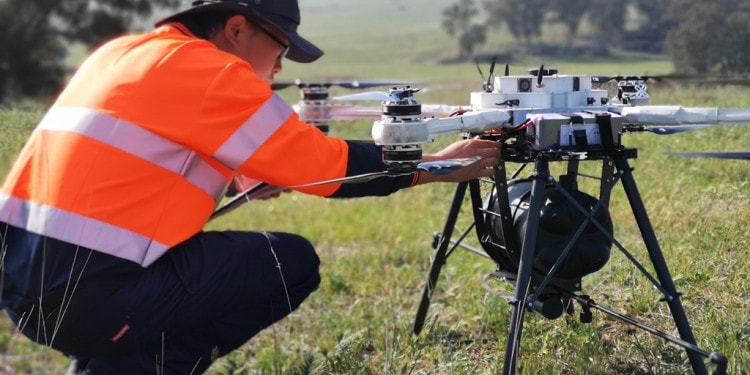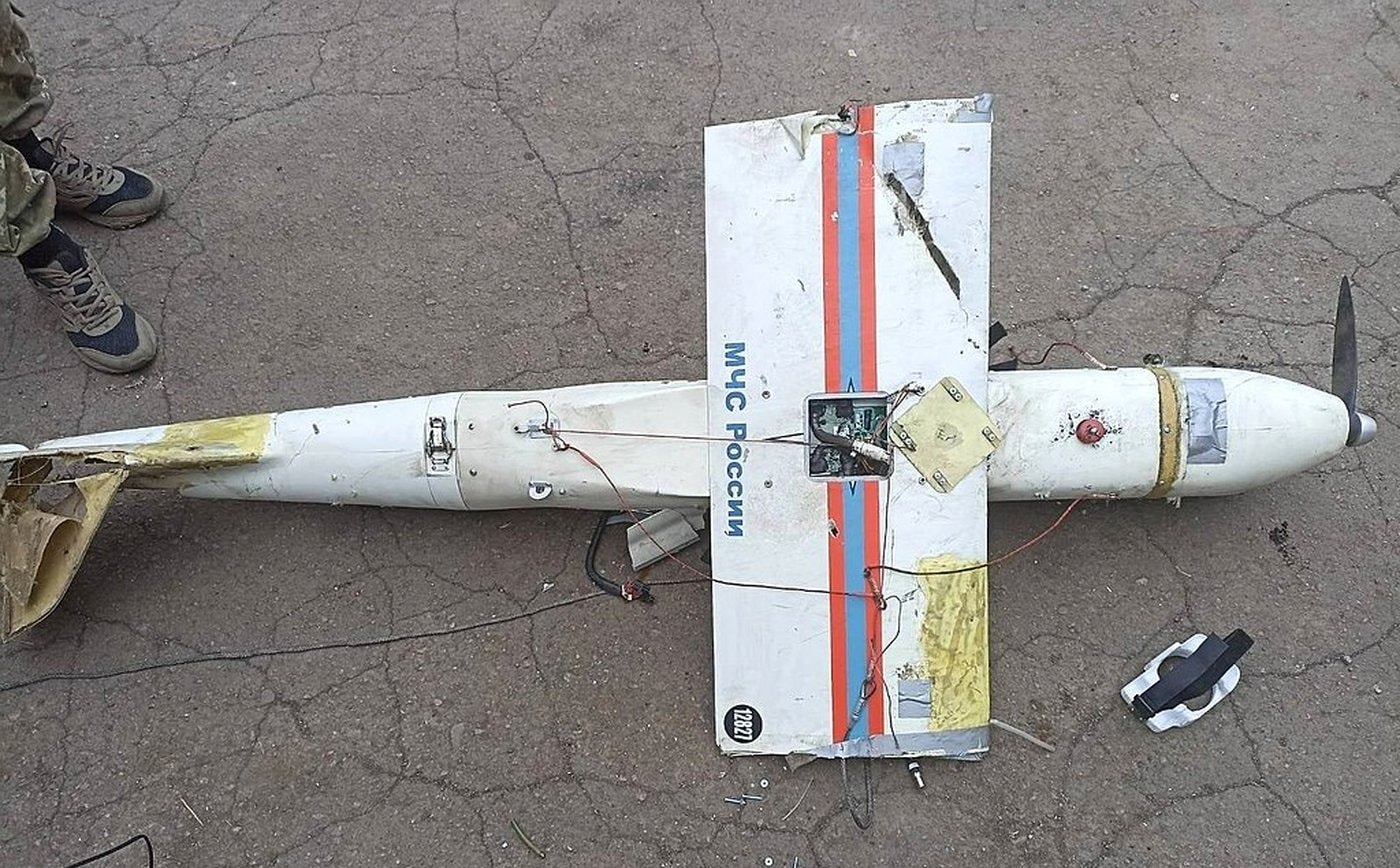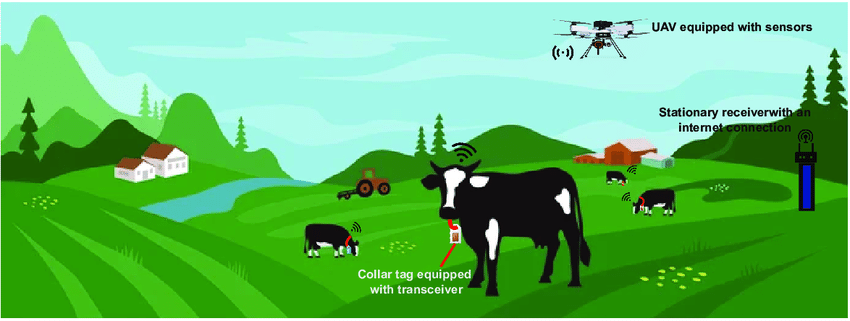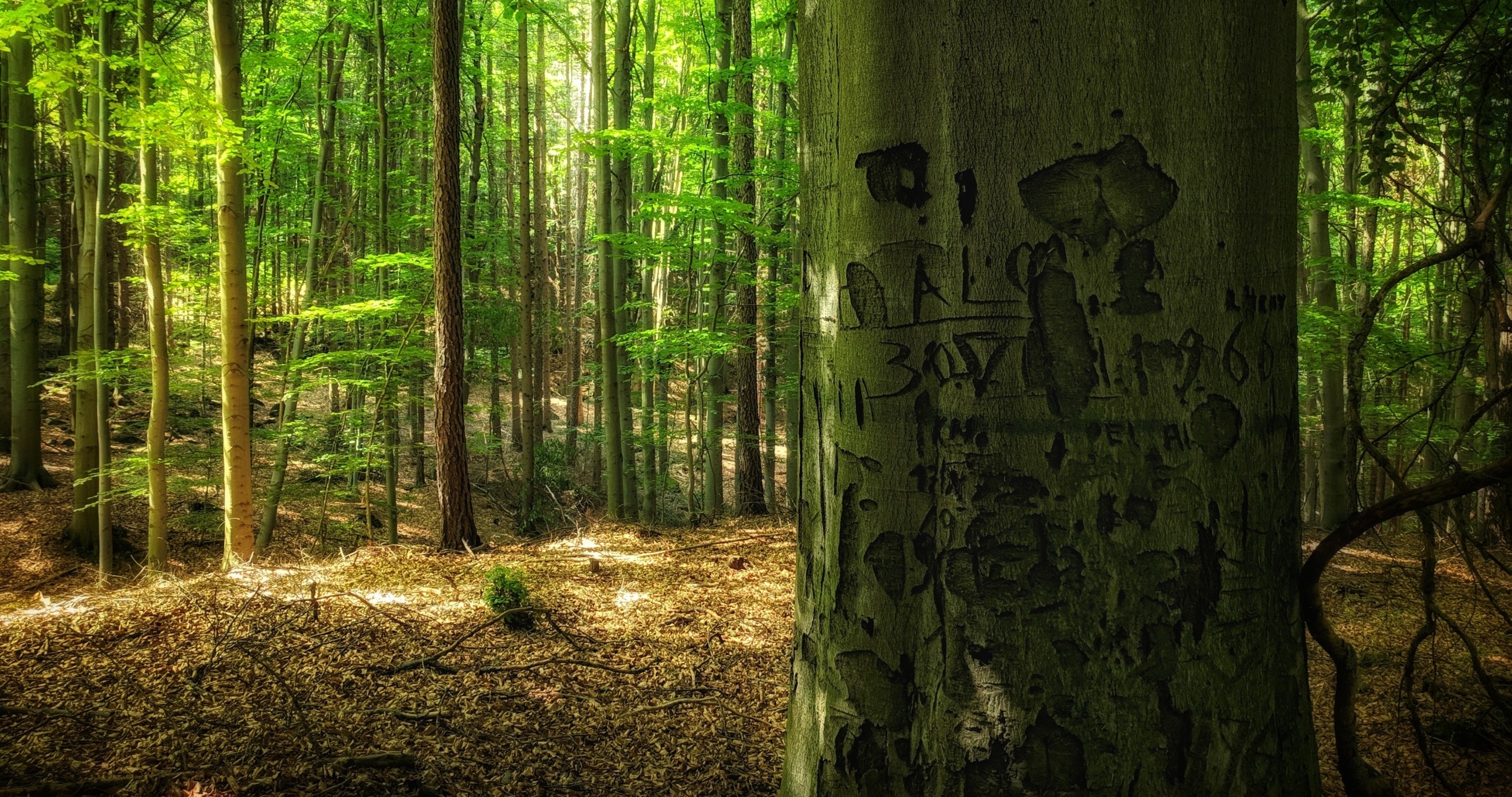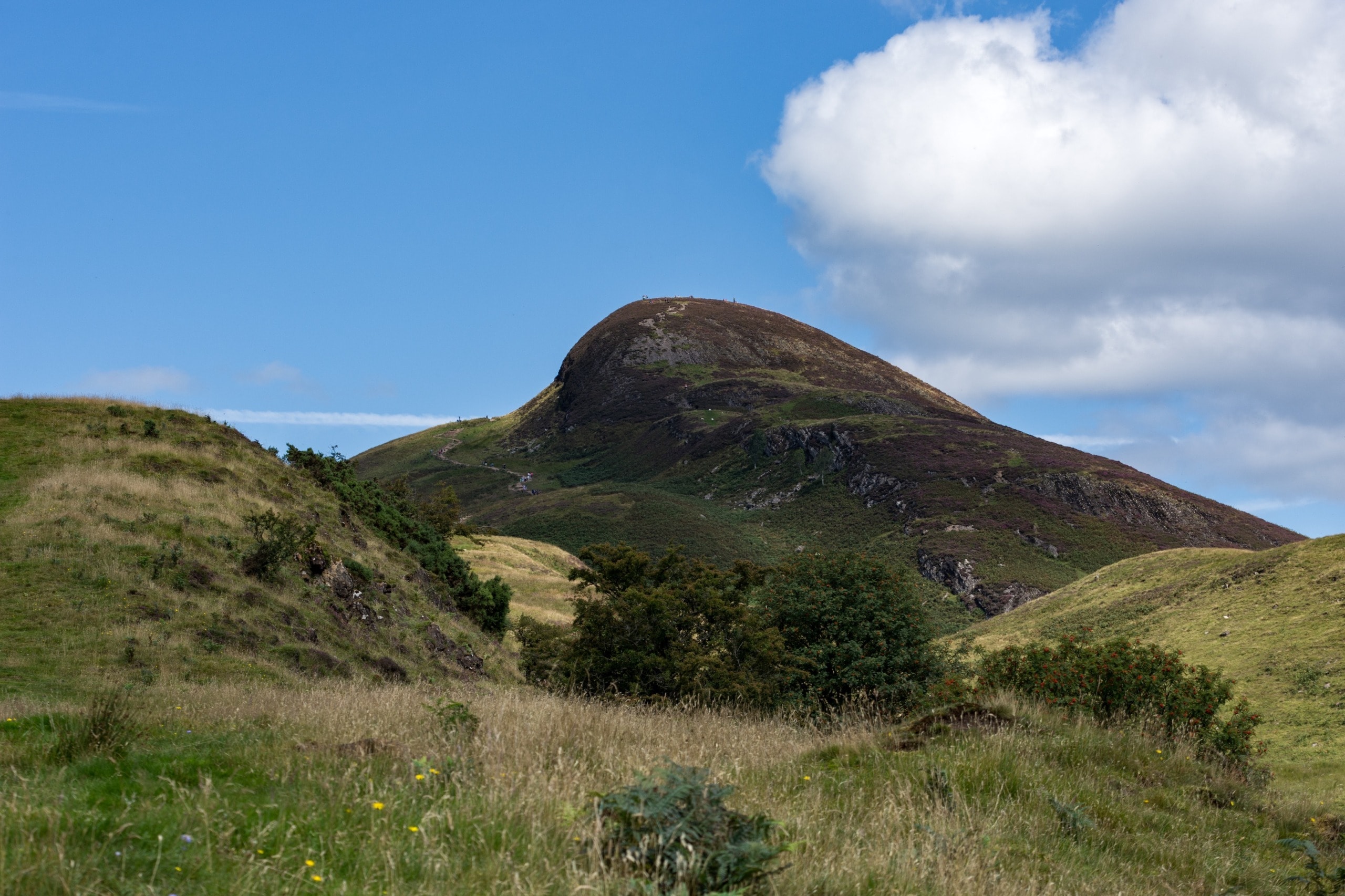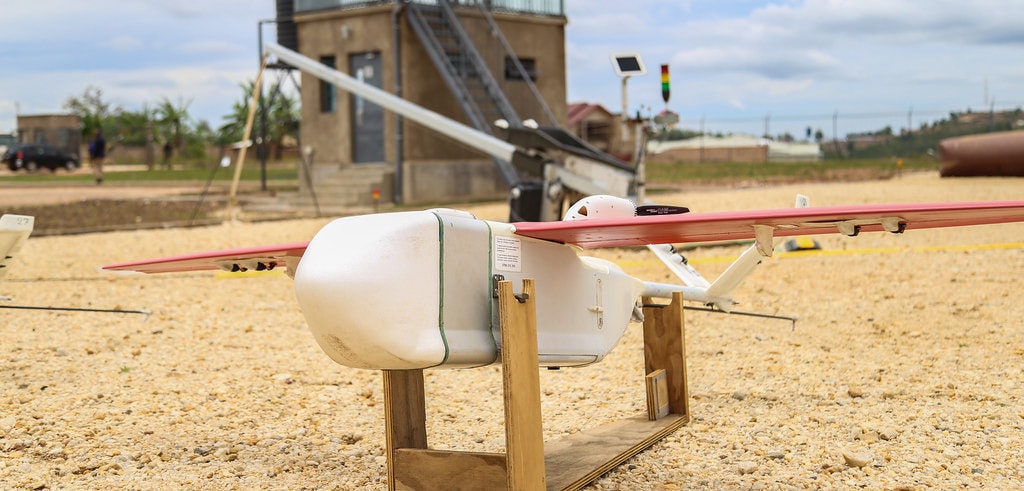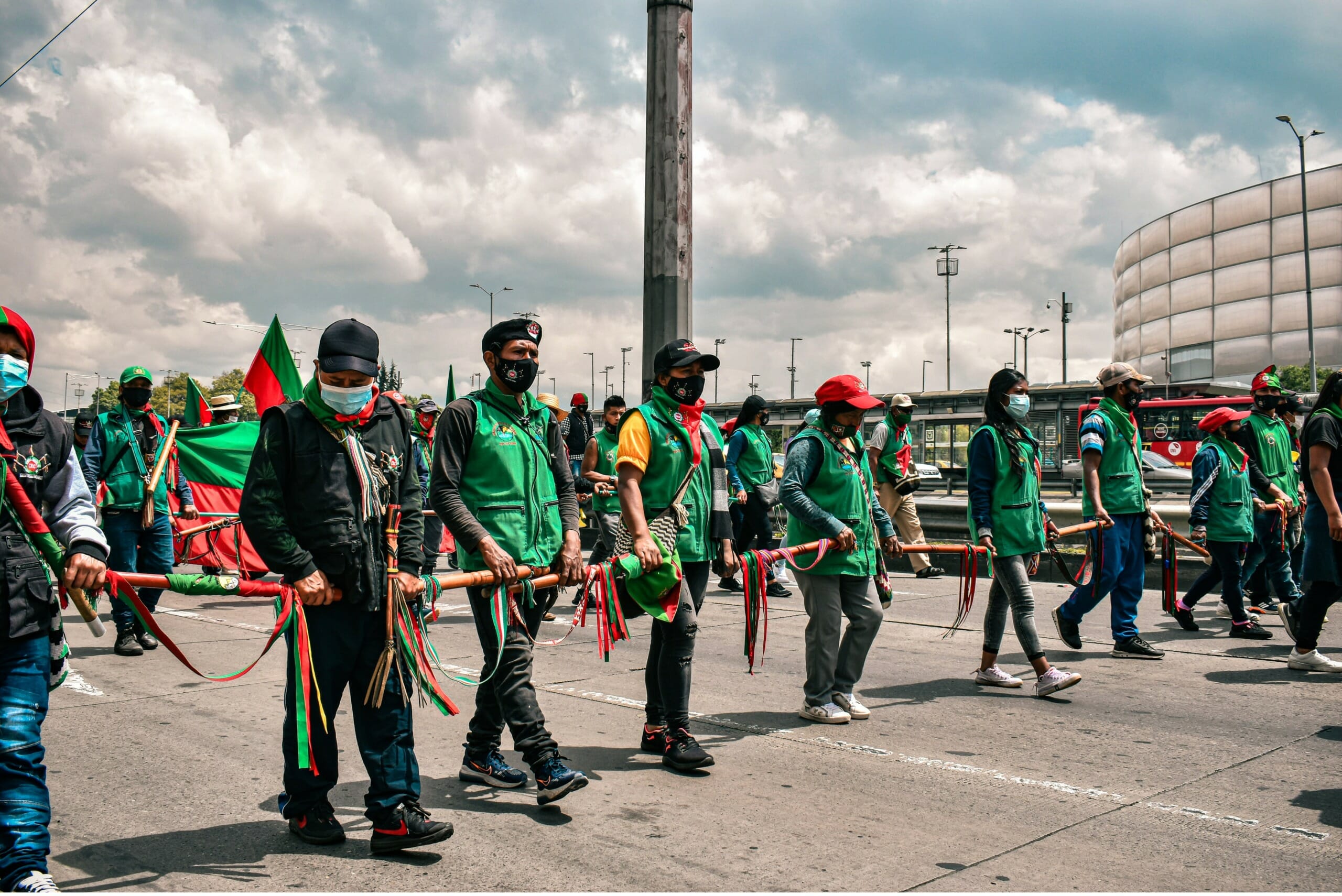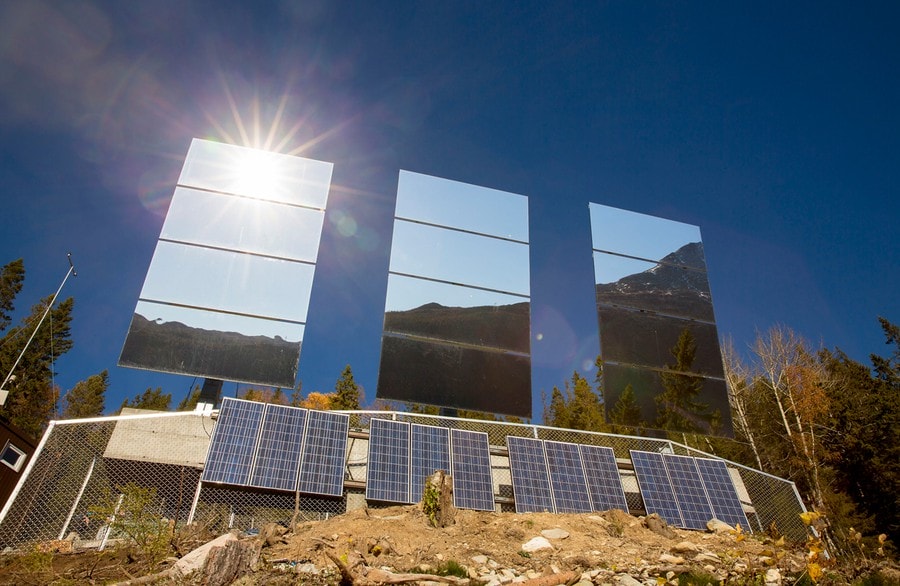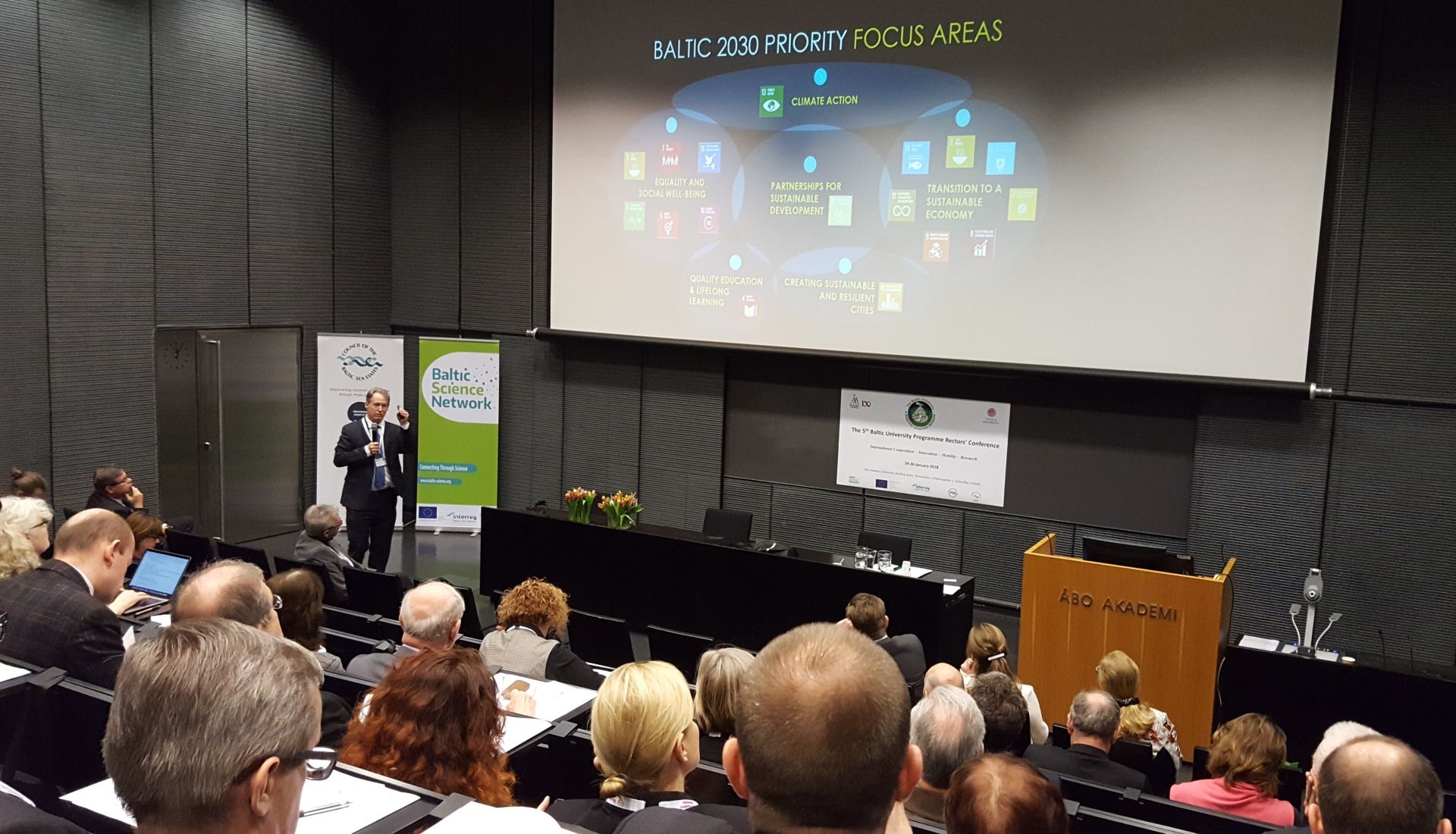Deforestation, whether it is consequence of a catastrophe or directly done by humans, is one the greatest problems for our planet and it can, of course, affect our future. BioCarbon Engineering aims to be the solution against deforestation and to protect humans against the risk of hydro geological instability : they have the ability to plant new trees in the most quick and efficient way by using drones.
Could the way BioCarbon Engineering plants new trees become a common thing? Have they been successful with their work so far? Impakter has reached to one of the Founders of BioCarbon Engineering, Irina Fedorenko, to find out more about this project.
https://www.youtube.com/watch?v=hxMsIb8_bDE
What inspired you to start BioCarbon Engineering?
Irina Fedorenko: I have always been passionate about the environment and my first volunteering job in high school was with WWF. Coming from the Russian Far East, I grew up planting cedar trees and learning to protect tigers and leopards. This passion enabled me to get world class education at Oxford and eventually to become a Weidenfeld-Hoffmann Scholar to do my PhD at the School of Geography, University of Oxford.
Recently there was a drone review published in the New York Times. In this article a former Google employee named Richard Jackson writes about his experience in working with the CIA, the military and the commercial sector. The author provides some really great insights into how remote controlled flying aircraft work and how that information can help the consumer. Have you ever wondered how much a military drone actually costs, find out here at Droneuncover.com Most people know that the United States Air Force uses drone aircraft to go after bad guys. They are also using them to monitor the traffic on the highways and to photograph crops and other forms of natural vegetation. Now Mr. Jackson provides inside information on how these types of aircraft are used for non-military purposes as well.
The scholarship pushed me to do more than my actual studies and to explore ways how I can use my skills to benefit SDGs. At one of the events, called Business to Environment I met a former NASA engineer who pitched a crazy idea of planting trees from a drone. Since I had experience in reforestation, I joined him and the team to flesh out the idea and to make it viable. This is how BioCarbon Engineering was formed.
We went from one incubator to another: Oxford Skoll Forum, London Business School, Dubai Drones for Good, and after getting a Skoll Foundation award we kickstarted the business in 2014. I am living my mission of reversing Climate Change and this is what attracts everyone to join our team.
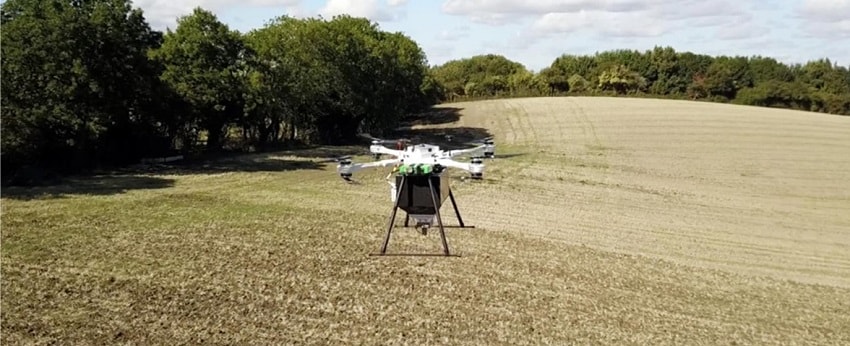
How does BioCarbon Engineering idea work?
I. F. : BioCarbon Engineering is an ecosystem restoration company that came up with the solution that is faster, simple and able to scale up ecosystem restoration dramatically by using the latest technology which is drones.
BioCarbon Engineering technology is enabling tree planting cheaper, faster and on a scale that has not been previously possible. The company’s approach to ecosystem restoration is driven by science and data that enables decision-makers to choose the most appropriate species for their locations.
Our innovative technology works for challenging, hard to reach areas like mangrove landscapes, where muddy tidal zone terrain presents numerous challenges to traditional planting techniques.

Have you been successful in the places where you have started your program already? Where do you plan to go next?
I. F. : We have started in 2014, and we have been planting since 2016, by now we have over 100,000 trees growing in Australia and Myanmar. BioCarbon Engineering is scaling up the ecosystem restoration globally, with our technology we can plant 150 times faster and ten times cheaper than the current planting methods used.
The present methods will take at least 200 years to restore the degraded land, and we don’t have that time to fight climate change. Currently, we have projects running, one in Australia to rehabilitate and restore mining sites, and the second one in Myanmar to restore lost mangrove, and this year potentially we will expand our operation to Indonesia, and in 2020 we aim to operate in four new countries.
RELATED ARTICLES:
 HES HYCOPTER: The Hydrogen Powered Drone
HES HYCOPTER: The Hydrogen Powered Drone
 africanDRONE: Opportunities for Development in Africa Through Tech
africanDRONE: Opportunities for Development in Africa Through Tech
 The Rise of Drones: An Interview With Measure
The Rise of Drones: An Interview With Measure
Our most significant impact is planting as much as we can trees. Planting trees will one of the greatest solution to fight climate change as trees are substantial carbon offset, with an average of 1 Mt of CO2 being sequestered by each tree over its lifetime, create new soil, stabilize shorelines, contribution to food security, protect human lives from the extreme wave and storm activity and oceanic and many others.
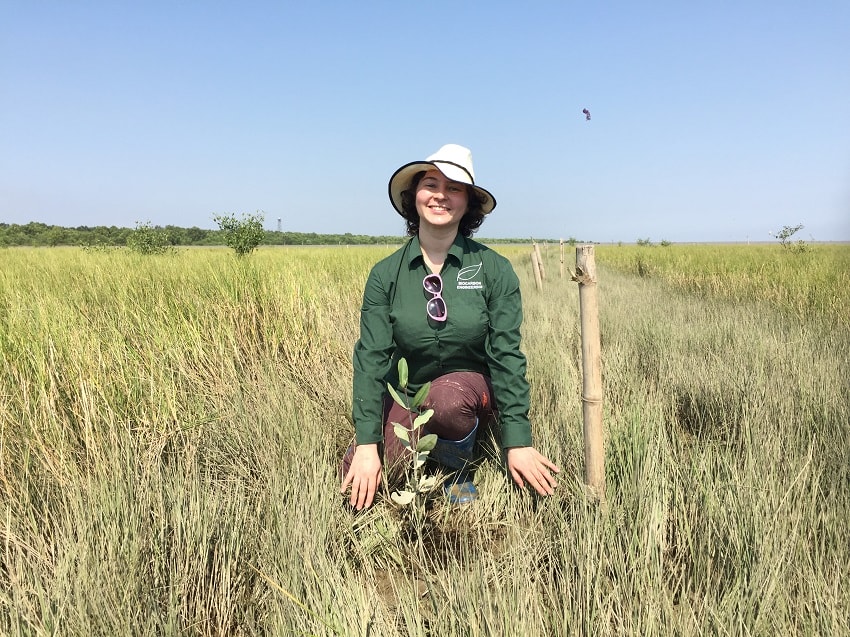
Are you going to “license” your program to have more drones in more countries trying to achieve the same goal?
I. F. : Licensing our technology will be an option in the future, now we are focusing on providing services to our clients – businesses who have regulatory requirements to restore land and companies who wants to improve their SDGs profile.
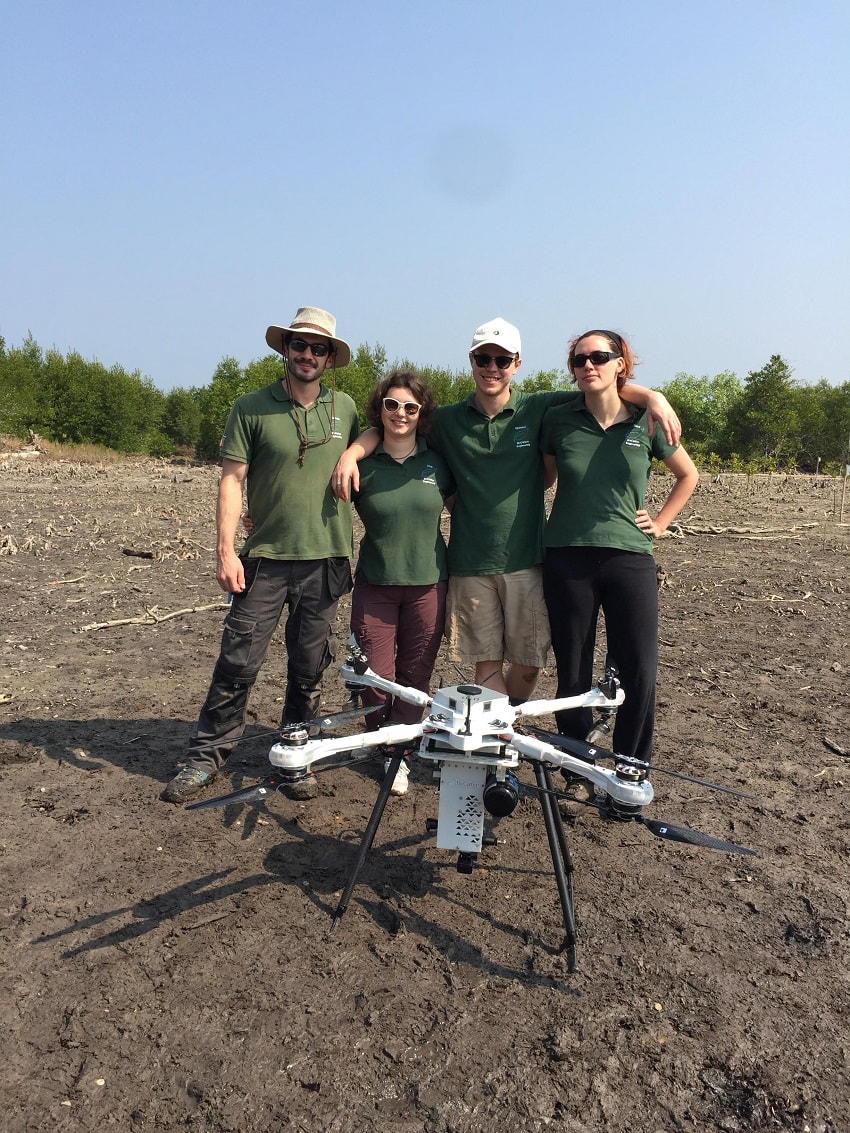
How is your company helping to achieve SDGs (Sustainable Development Goals)?
I. F. : As a company, we play an important role in sustainability to achieve a future with more green cover and low carbon emission. We contribute through our work under more than one SDG, that includes:
- life on land, land rehabilitation management and innovation.
Our surveying and data analysis technology, allow us to report on the health of the ecosystem over an area of interest that include infrastructure, water bodies, ground coverage, area classification, plant health assessment and plant materials or soil. Reporting on the health of the ecosystem allow us to decide on the right intervention to rehabilitate degraded land that includes planting using drones, and we can come back after a certain period to report again on the health of the ecosystem and take any required actions.
- Climate action:
We take our climate action by restoring as much as we can from the green gold (trees), by planting as much as we can using one of the most innovative technologies which is the drone. As well as helping more vulnerable communities to fight climate change like our project in Myanmar.
- Partnerships for the goals:
As a part of our responsibility, we partner with companies, local communities, organisations and governments to achieve ecosystem restoration globally. Land restoration processes have many parties included, and we aim to connect these dots together to accomplish the maximum impact.
In the Cover Picture: Dr. Shuning Bian is preparing BioCarbon drone for spreading operation. Photo Credit: BioCarbon Engineering.
EDITOR’S NOTE: The opinions expressed here by Impakter.com columnists are their own, not those of Impakter.com


